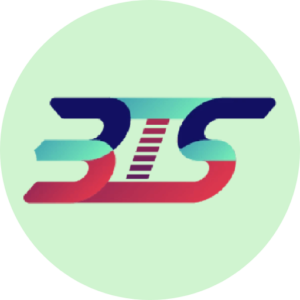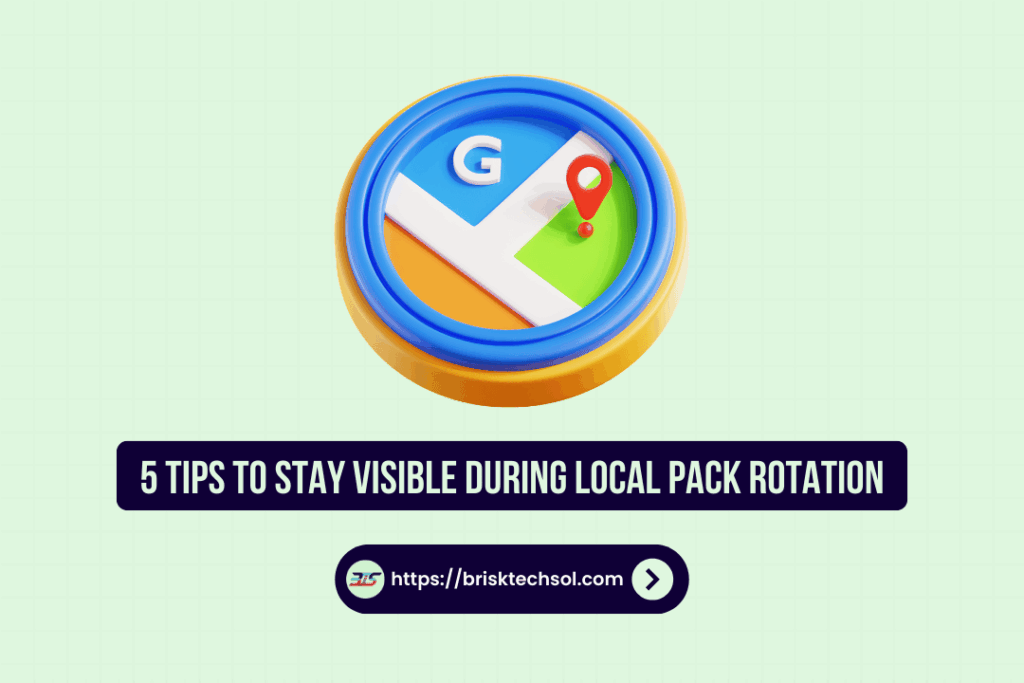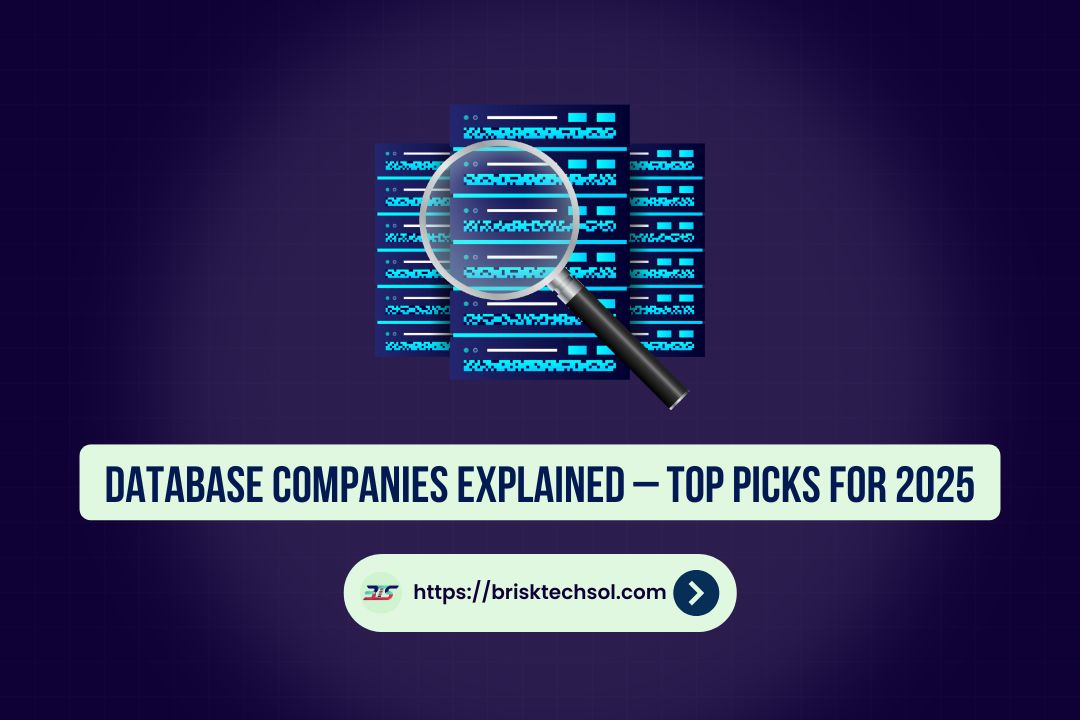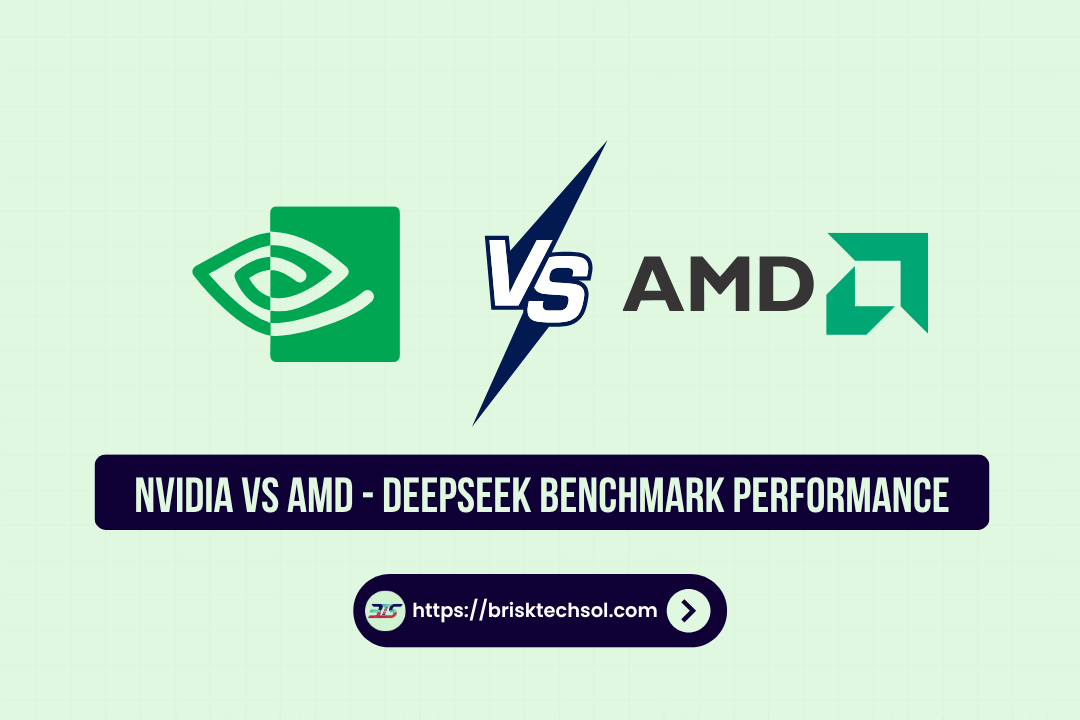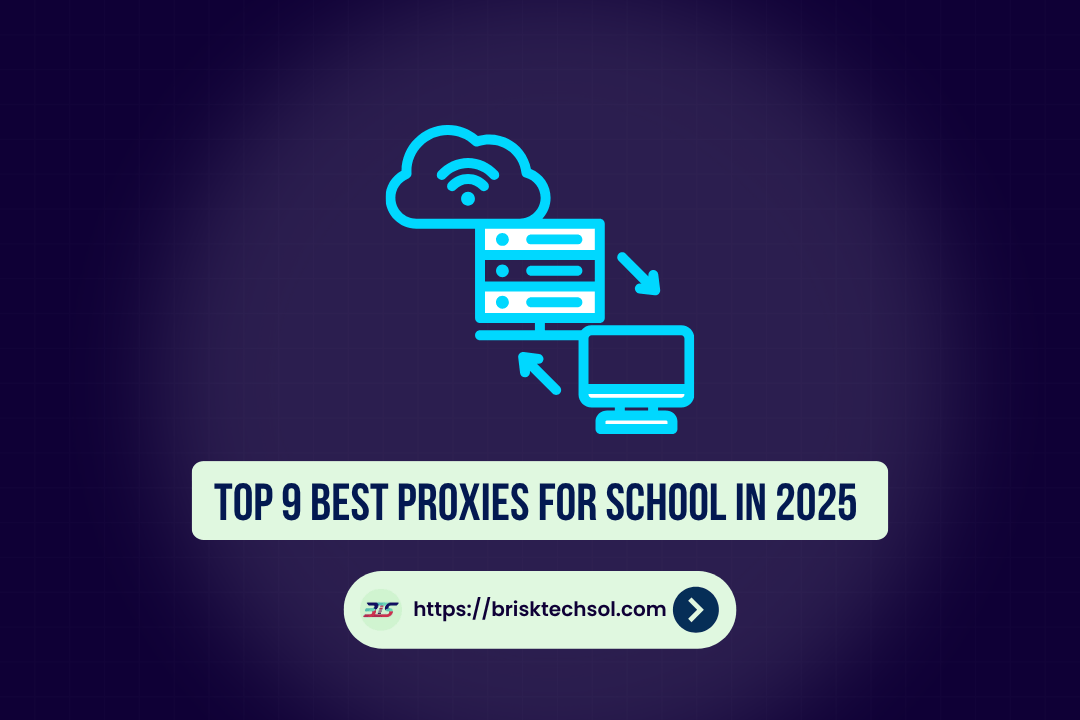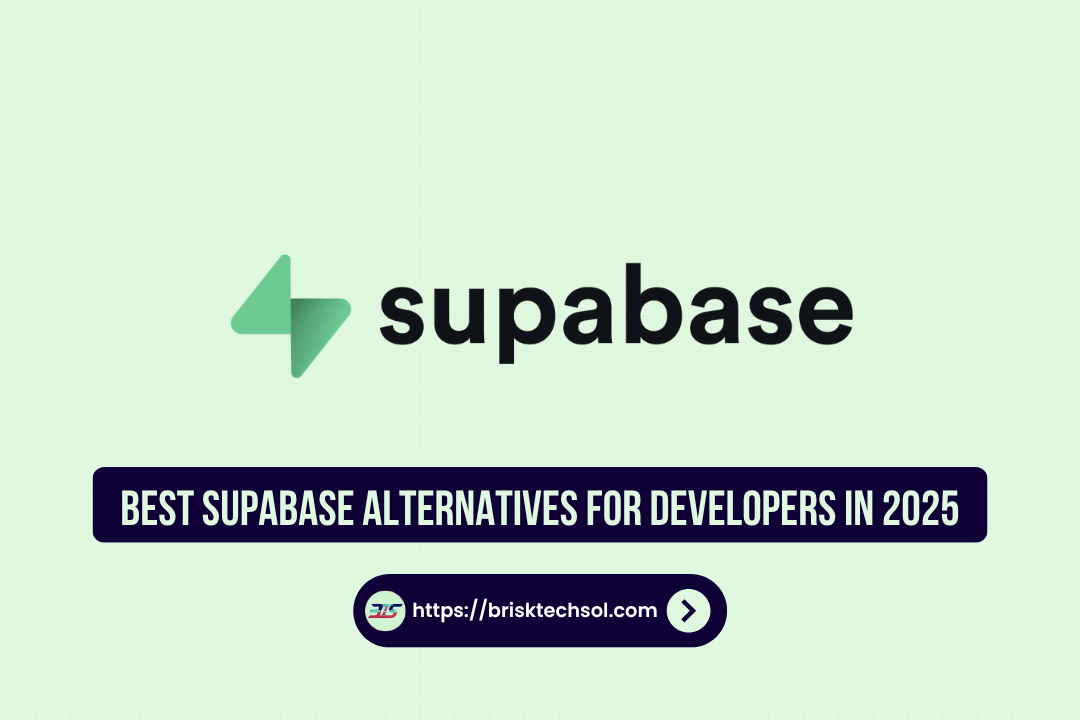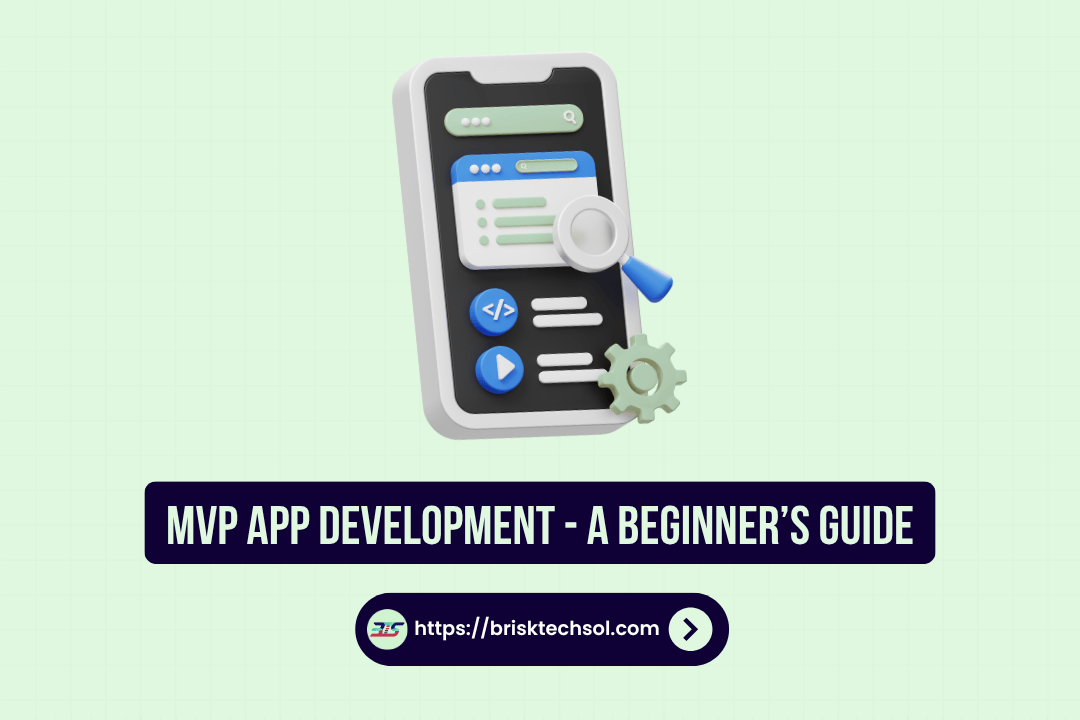Local Pack rotation google is more dynamic than ever in 2025, giving priority to hyper local intent, advanced schema markup, and real-time engagement signals, such as AR wayfinding and virtual tour views. The days of “set-and-forget” SEO are over in order to maintain their position in the top three, companies now need to optimize for on device signals, AI predicted post performance, and even event-triggered boosts. No matter how frequently Google rearranges its Local Pack, you can make sure your storefront stays prominent on the map by embracing these cutting edge elements, along with privacy first location data and interactive content.
What Does Google’s Local Pack Rotation Mean?
When you search for “best pizza near me” or “plumber in Denver,” Google displays a Local Pack three business listings plus a map before the typical organic results. Local Pack rotation is Google’s practice of cycling various companies through those top three slots, continuously assessing and testing which listings best match:
- The purpose of the search (for example, “breakfast cafe” vs. “lunch cafes”)
- The distance from the searcher’s location
- Features of the business (services, categories, and hours)
- Signals of engagement (new reviews, posts, clicks)
Even top-performing companies may momentarily fall to positions 2 or 3 or disappear entirely when Google re-evaluates, but rotation guarantees that the pack stays extremely relevant and responsive to user context
Google’s Local Pack Rotation Development in 2025
1. Predictive rotation powered by AI
Google now employs machine-learning models to predict which companies are most likely to fulfill a specific query, taking into account past engagement trends, seasonal demand fluctuations, and even competitor activity, in place of purely reactive swaps. This allows Google to pre-position listings before users click.
2. On-Device Signals Computed by the Edge
Now, users’ devices are used to compute important engagement metrics like profile dwell time, in-app clicks, and AR wayfinding activations. Rotations can happen instantly based on up-to-the-second behaviors thanks to this privacy-preserving method, which eliminates round-trip server delays.
3. Triggers for Immersive Engagement
In addition to reviews and posts, Google considers “click-to-message” sessions, 3D storefront interactions, and Virtual Tour views to be powerful positive indicators. When rotations occur, businesses that incorporate chat widgets and 360° tours into their GBP see more stable pack positions.
4. Prioritizing Multimodal Relevance
Google’s rotation logic now combines text-, image-, and audio-based intent due to the growth of Lens, voice, and AR queries. Listings that are optimized for voice snippets (FAQ markup) and visual search (clear exterior photos, menu image tags) remain prominent throughout all Local Pack reshuffles.
Tip 1: Master Your Google Business Profile (GBP)
The foundation of your local SEO is your GBP. A completely optimized profile that is updated frequently tells Google that your company is reliable and customer-focused.
Steps to Take
- Fill in every field: primary and secondary categories, hours (including holidays), services/menu items, and NAP (Name, Address, Phone).
- Post weekly Google Posts: Emphasize deals, occasions, or brief blog entries with clear CTAs (e.g., “Book Now,” “Learn More”).
- Include high-quality photos: team, product, exterior, and interior shots.
- Use attributes: tags like “Free Wi-Fi,” “Pet-friendly,” or “Women-led” can make all the difference in competitive categories.
Top Techniques
- Audit your profile monthly to guarantee accuracy.
- Track engagement metrics, search queries, and profile views via GBP insights, then refine your content.
- Respond to every review within 48 hours to maintain strong activity signals.
Tip 2: Use Schema Markup and Cement NAP Consistency
Google uses data aggregators, social media profiles, and directories to cross-verify your Name, Address, and Phone number (NAP). Inconsistent citations confuse search engines and weaken your Local Pack ranking.
Steps to Take
- Citation audit: Use BrightLocal or Moz Local to find and correct inconsistent listings.
- Standardize formatting: Select a single official business name and use the USPS-verified address.
- Implement LocalBusiness Schema: Include structured data for NAP, hours, geolocation, and service descriptions on your website.
Top Techniques
- Maintain a master spreadsheet of every citation source, URL, and last-updated date.
- Automate directory updates with tools like Yext to propagate changes quickly.
Tip 3: Leverage the Influence of Engagement & Reviews
For searchers, reviews are both a trust signal and a ranking factor. A steady stream of new, positive reviews strengthens your Local Pack resilience.
Steps to Take
- Automate review requests: After a purchase, send emails or SMS messages with direct links to your GBP review form.
- Respond to each review: Thank satisfied clients, address grievances in negative reviews, and encourage reviewers to update ratings once issues are resolved.
- Use Review snippet markup: Highlight your best website reviews to establish credibility on your site.
Top Techniques
- Aim for at least five new reviews per month with an average rating above 4.5 stars.
- Diversify review sources (Google, Yelp, Facebook) to broaden your review footprint.
Tip 4: Create Localized, Intent-Rich Content
Google better understands your relevance for Local Pack queries when your content speaks to community and user intent.
Steps to Take
- Local keyword research: Use Google Keyword Planner or Ahrefs to find long-tail, modifier-rich phrases (e.g., “best organic café Brooklyn”).
- Build geo-targeted landing pages: Create pages with specific headings, internal links, and meta descriptions for each service area (e.g., /services/denver-co).
- Publish community-focused articles: Include event summaries, neighborhood guides, or interviews with local influencers.
- Incorporate multimedia: Use infographics, videos, and optimized images with unique alt text featuring local keywords.
Top Techniques
- Pillar pages should exceed 1,200 words for depth and authority.
- Refresh your most crucial local content every three months to signal ongoing relevance.
Tip 5: Track, Monitor, and Modify the Performance of Your Local Pack
You can’t manage what you don’t measure. Regular monitoring of your Local Pack rankings and related metrics reveals rotation patterns and optimization opportunities.
Steps to Take
- Use local rank-tracking tools: Platforms like BrightLocal, Whitespark, or Semrush Position Tracking simulate searches from multiple ZIP codes to track your Local Pack presence.
- Review SERP feature reports: Identify position dips that align with rotation events and note how often the “Local Pack” feature triggers for target keywords.
- Correlate activity spikes: Link short-term ranking boosts to specific GBP posts, new reviews, or link acquisitions, then replicate successful tactics.
Top Techniques
- Set up automated alerts for unexpected drops in positioning to investigate issues quickly.
- Maintain a weekly dashboard tracking key metrics calls, clicks, pack impressions to stay informed of trends.
Local Pack Rotation Change In 2024 and 2025
1. Comparing Reactive Swaps and Predictive AI
- 2024: Rotations that are reactive (time of day, simple engagement).
- 2025: Machine learning predicts the best matches and pre-positions listings.
2. Signals Computed on the Edge vs. Server-Based
- 2024: Delays in server processing of metrics (clicks, reviews).
- 2025: For instant rotation, key signals (dwell time, AR wayfinding) are calculated on-device.
3. Comparing Basic Reviews with Immersive Engagement
- 2024: Put an emphasis on fresh posts and reviews.
- 2025: Incorporates 3D interactions, “click-to-message” sessions, and virtual tour views.
4. Relevance: Text-Only vs. Multimodal
- 2024: Using proximity and text queries.
- 2025: Combines voice, image, text, and AR intent for more comprehensive relevance.
Conclusion
Although Google’s Local Pack may seem like a moving target, you can minimize visibility dips and maintain your top-three ranking with a proactive, data-driven strategy. Focus on:
- Regularly optimizing and updating your Google Business Profile
- Implementing schema markup and ensuring NAP consistency
- Cultivating continuous reviews and engagement
- Producing intent-rich, localized content
- Monitoring rotation patterns and making real-time adjustments
Start applying these five tips today to outshine competitors and secure your spot in Google’s Local Pack regardless of how often it rotates. Have questions or need hands on assistance? For a free local SEO consultation, contact our team or leave a comment below!
(FAQs)
Q1. Will Google keep rotating the Local Pack in 2025?
Indeed. Local Pack rotation is still in place in 2025; strong performers with sophisticated local SEO, real-time engagement signals, and AI-driven optimizations have more consistency in those sought-after top three places, while smaller or less optimized companies continue to see frequent reshuffles.
Q2. What is the frequency of rotation?
There’s no set cadence. Because Google evaluates relevancy based on user behavior, location, and time of day, rotations can happen hourly or even daily.
Q3. Can Local Pack rotation be influenced by paid advertisements?
No. The organic Local Pack and Google Ads operate separately. Ads increase visibility but do not affect your organic pack position.
Q4. For rotation stability, should I emphasize backlink development or GBP posts?
Both are important. Local backlinks boost authority, while GBP posts and new reviews signal activity. A balanced approach yields the best results.
Q5. How can I tell if my position dropped due to rotation?
Monitor your rankings from various simulated locations. If your ranking shifts by more than a few spots between ZIP codes or times of day, rotation is likely at work.

